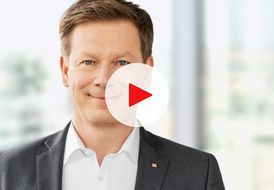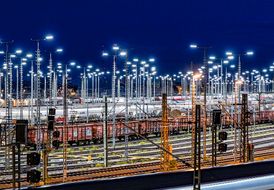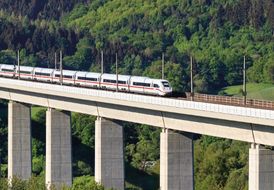Noise reduction
Management approach and noise reduction target
Further reducing the impacts of rail transport noise on local residents is an essential prerequisite for the further shift in the mode of transport towards rail. We are therefore continuing to work on implementing our 2030/2050 noise reduc-
tion target:
- In continuing the Federal Government’s noise remediationprogram, we will reduce rail transport noise on a total of 3,250 km of existing lines by 2030. By 2020, we had already completed about 2,000 km, and over the next ten years, about 1,250 km of existing line will also be added. This means that the impact of the noise pollution caused by rail transport on about 800,000 people, i.e. half of the residents living near lines affected by rail transport noise, will be remedied by 2030.
- By 2050, we will have completely remedied the noise pollution caused by rail transport on the total of about 6,500 km of existing lines. This means that we will have remedied the noise pollution for all of the about 1.6 million people affected.
A prerequisite for achieving these targets is the adequate provision of funds by the Federal Government in the noise reduction item of the Federal budget. We are improving public acceptance of the shift in the mode of transport towards rail through our two-pillar noise reduction strategy, which focuses firstly on on-site measures (infrastructure) and secondly on at-source measures (vehicles).
- Since 2001, DB Cargo has been procuring new freight cars that are exclusively fitted with quiet brake shoesno. 05, and completed the conversion of the existing German freight cars to quiet brakes in 2020.
- By 2025, our electric track locomotives on DB Cargo freight trains in Germany will also be running with quiet brake systems.
- DB Cargo will retire the 232/233 series diesel locomotives by 2030. After that, only class77 series locomotives with block brakes will be in use.
- DB Long-Distance will replace all diesel-powered shunting locomotives with particularly quiet and climate-friendly hybrid shunting locomotivesno. 44 by 2025.
Together with the German Center for Rail Traffic Research (Deutsches Zentrum für Schienenverkehrsforschung; DZSF) and our industry partners, we aim to continue advancing research and development in noise reduction measures for track infrastructure and vehicles so that we can implement more effective noise reduction measures.



